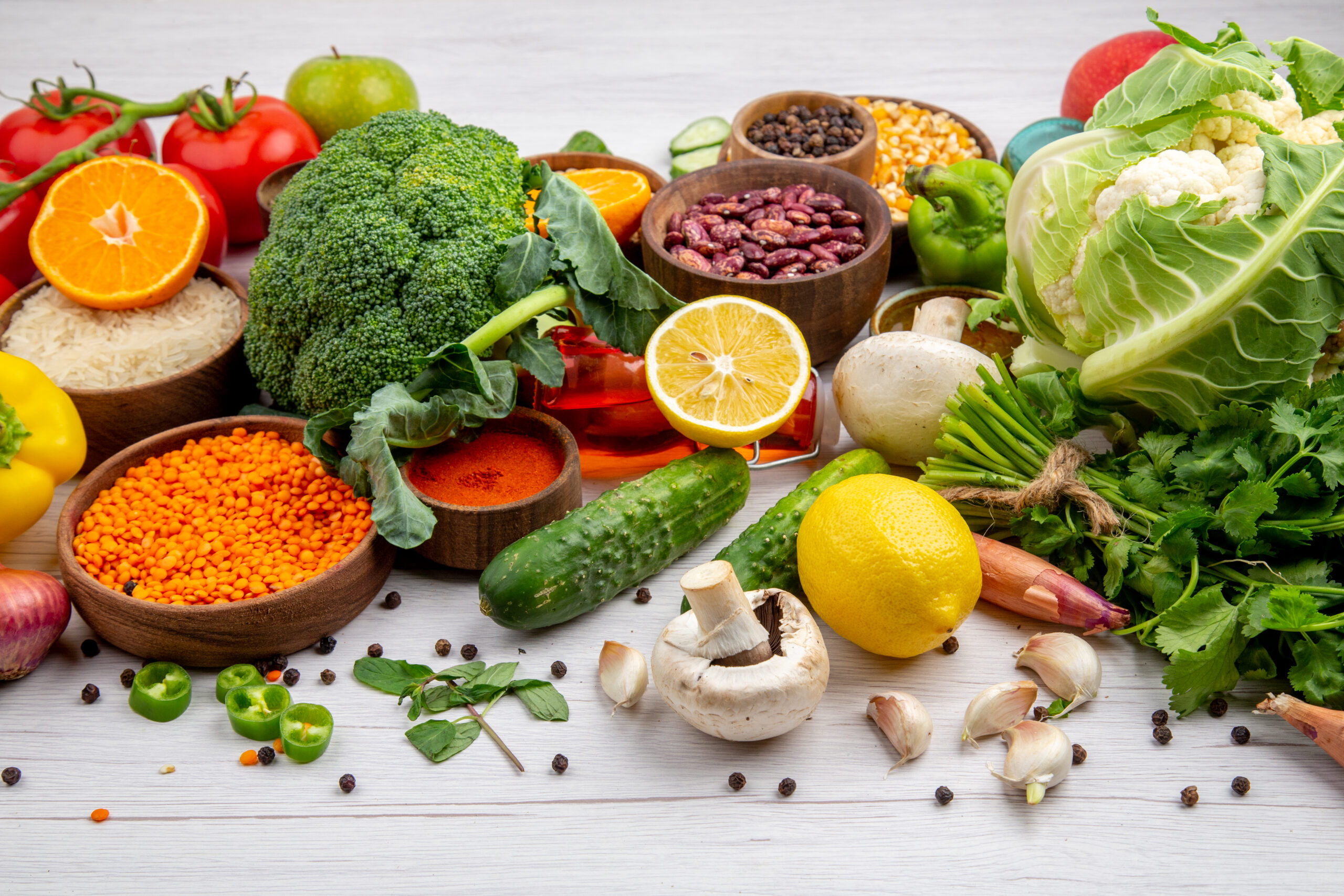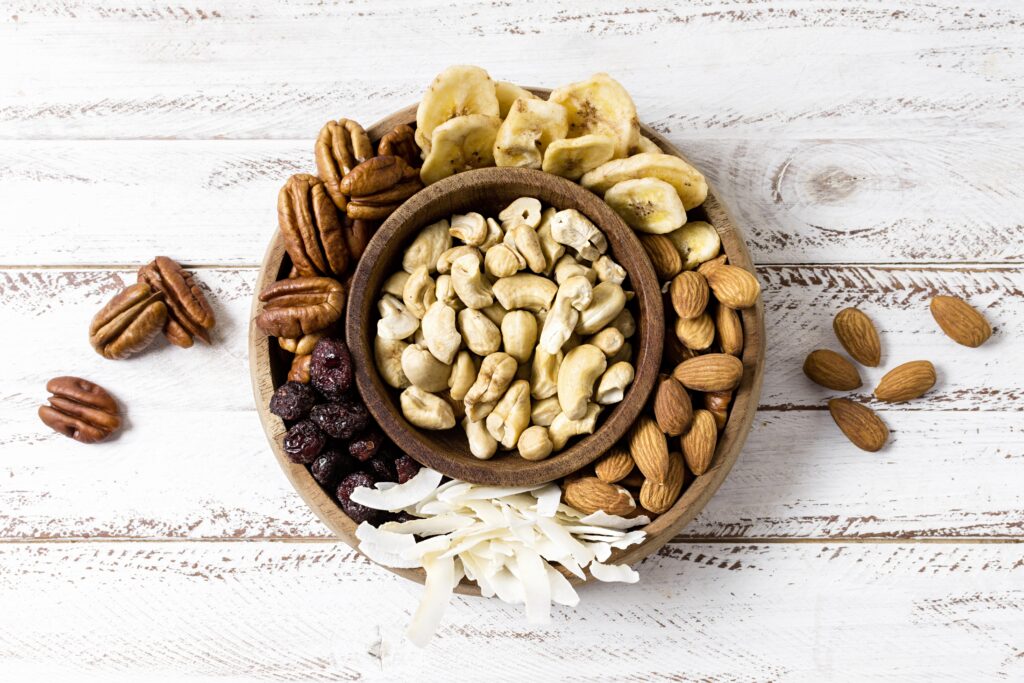





Lifestyle choices play a large role in stroke risk. Multiple studies have shown that engaging in five specific healthful lifestyle behaviors—not smoking, moderate alcohol intake, a normal BMI/waist circumference, moderate physical exercise, and a healthful diet—is collectively associated with a 60% to 80% reduction in stroke risk.
Fruits and Vegetables-
Studies consistently show that higher fruit and vegetable consumption is associated with reduced stroke risk. The benefits of fruits and vegetables for stroke risk are due to the array of nutrients and phytochemicals (including fiber, carotenoids, antioxidants, potassium, flavonoids) in these plant foods, which act both separately and synergistically through various mechanisms to reduce cardiovascular risk. Fiber helps to reduce cholesterol, blood pressure, and inflammation while improving immune function. Specific vitamins and minerals found in fruits and vegetables, such as magnesium, potassium, and vitamin C, all have been linked to reduced blood pressure and antioxidants in fruits and vegetables reduce oxidative damage and protect against destructive DNA mutations.
Nuts-
Nuts are rich in omega-3 fatty acids that help to lower bad cholesterol. Keep in mind that nuts are high in calories, so moderation is the key. It is best to avoid salted and sugar-coated nuts. almonds, walnuts, and macadamia nuts are good to include in your diet.
Chocolate-
Chocolate is rich in flavonoids, which are known for their antioxidant and anti-inflammatory effects.
Dairy –
High-fat dairy products are not heart-healthy. Choose from low fat dairy foods like skim milk, low-fat curd, yogurt, paneer, cheese, etc.
Meat-
Consumption of red meat increases stroke risk, and the risk is especially high with processed meats. red meat is high in carnitine, which promotes atherosclerosis. Processed meats also contain added sodium, which increases blood pressure, as well as nitrite preservatives, which appear to promote atherosclerosis and vascular dysfunction while decreasing insulin secretion.
Beverages-
Coffee and tea are both significant sources of phenolic compounds, including chlorogenic acids, which moderately lower blood pressure.
Whole grains and pulses–
Consuming them helps as they are full of fiber that helps to reduce bad cholesterol while keeping your good cholesterol levels the same. Replace your plain flour(refined) with whole wheat flour, brown rice instead of polished white rice, including oats, sprouts, jowar, bajri, ragi grains.
Watch sodium levels-
Sodium reduction is considered a key health strategy in reducing the risk of stroke,” since it’s so strongly connected to blood pressure.
Fats-
Healthy fats are unsaturated fats. These can be:
Monounsaturated – olive oil, avocados, nuts (almonds or pecans), and seeds (pumpkin or sesame).
Polyunsaturated – flaxseed, walnuts, or omega-3 fatty acids found in fish such as salmon or sardines.
Unhealthy fats are trans fats. These can be found in vegetable shortening, Margarine, fried foods, baked foods, processed foods made with “partially hydrogenated” vegetable oils, packaged foods such as chips, crackers, biscuits/ cookies, or snack foods.
Hence an ideal fat should have low saturated fats, zero trans fats, and higher amounts of MUFA AND PUFA. Rotate the use of fats every 2 months and filtered fats are better than refined
Mediterranean diet-
The most-studied dietary pattern for reduction of stroke risk is the Mediterranean diet which is a largely plant-based diet high in fruits, vegetables, unrefined cereals, nuts, and olive oil, with moderate amounts of fish and poultry and very low amounts of whole-fat dairy products, red/processed meats, and sweets.
To know more do visit our website: https://neevnutrition.in
WhatsApp us